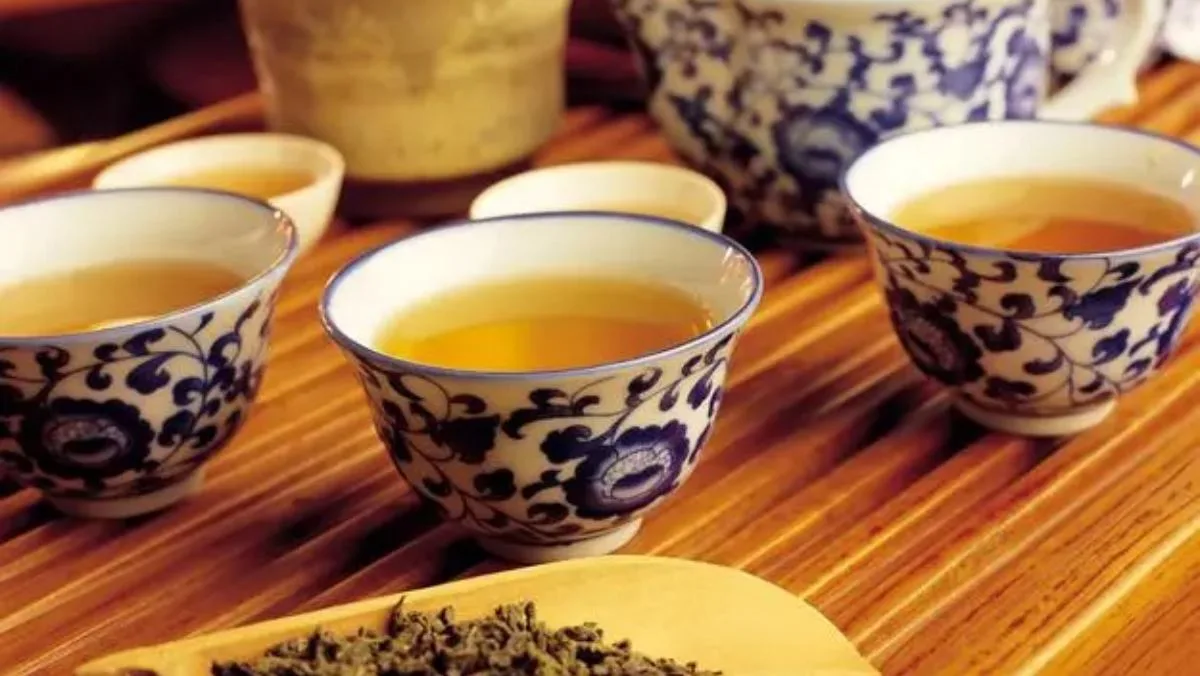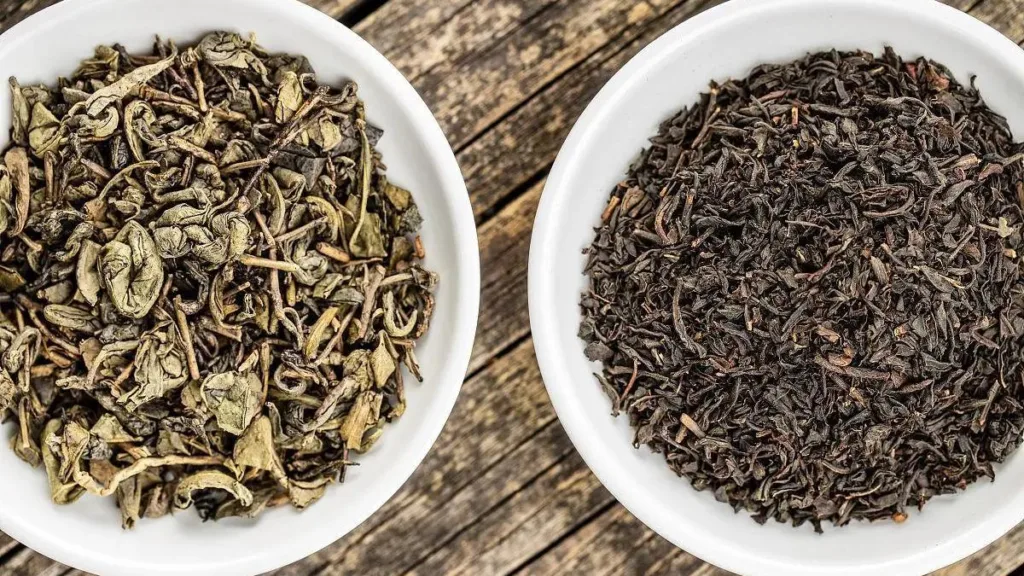“How much tea do you usually put in?”
“I use a pinch of tea.”
“Ah? How many grams is a pinch of tea?”
When enjoying tea, it’s common to encounter variations in taste with each brewing—sometimes too strong, sometimes too weak. Why is this the case? More often than not, it’s due to inaccurate tea leaf measurements. So, how much tea should one use?
1. Proportional Tea Brewing
Tea brewing has a commonly used tea-to-water ratio of 2%, also known as 1:50, meaning 1 gram of tea leaves for every 50 milliliters of water. Using this ratio, you can estimate the appropriate amount of dry tea leaves to use. For instance, if your cup holds 200 milliliters of water, using around 4 grams of tea leaves is considered suitable.
The pinch of tea method involves adjusting the tea amount based on personal taste preferences. If the tea is too weak, add a bit more; if too strong, reduce the tea leaves. However, it’s advisable not to brew excessively strong tea unless you don’t mind potential side effects like insomnia or headaches.
2. Volume-Based Tea Brewing for Different Tea Types
(a) Green Tea and Yellow Tea:
Typically, green and yellow teas are considered the most tender among all tea types. When brewing in a gaiwan (lidded bowl), cover the bottom with a layer of tea leaves that just about fills the surface. It’s essential not to cover with the lid, as it could adversely affect the tea infusion. Use water at temperatures between 90 to 95°C for brewing.
(b) Black Tea:
The tea-to-water ratio for black tea is similar to that of green tea but slightly more. The ratio also varies between large-leaf and small-leaf varieties. Large-leaf black teas, such as Dian Hong and Ying Hong, require a bit more tea leaves than small-leaf varieties like Qi Hong or Xiao Zhong.
It’s important to note that broken-leaf black teas should have their tea amount reduced by almost half due to their fast infusion rate and lower re-infusion capability.
(c) Oolong Tea:
For oolong tea, the amount varies depending on the type. Rolled oolongs and strip-style oolongs have different ratios. Rolled oolongs, like Tie Guan Yin, should fill about 1/5 to 1/3 of the gaiwan volume, while strip-style oolongs should cover the gaiwan bottom.
Due to the slow unfurling of leaves in rolled oolongs, a warm-up infusion is often recommended. Additionally, high-mountain oolongs should be brewed with boiling water to fully bring out their aroma and flavor.
(d) Compressed Tea:
For compressed teas like pu-erh or aged white tea, the tea amount is typically around 1/5 of the gaiwan volume. Some tightly compressed teas may require slight adjustments due to their density. Compressed teas often benefit from a quick rinse to help the leaves expand and release their flavors gradually.
(e) White Tea:
White tea, being minimally processed, is generally lighter and more voluminous. Loose white tea may occupy about 3/4 or 1/2 of the gaiwan volume, while white tea cakes need only about 1/5.
White tea is considered forgiving when it comes to brewing and is less likely to result in over-brewing. It’s a good choice for those looking to experiment and develop their tea-brewing skills.
Brewing tea is a learning process, akin to leveling up in a game. As you gain experience, it’s not about rigid rules but rather a more relaxed and enjoyable tea-drinking experience. With practice, you’ll be able to adjust the tea amount for each type, creating a customized and satisfying tea-drinking routine. Whether you prefer a stronger or milder brew, experimenting with tea amounts allows you to discover the perfect balance for your palate.



